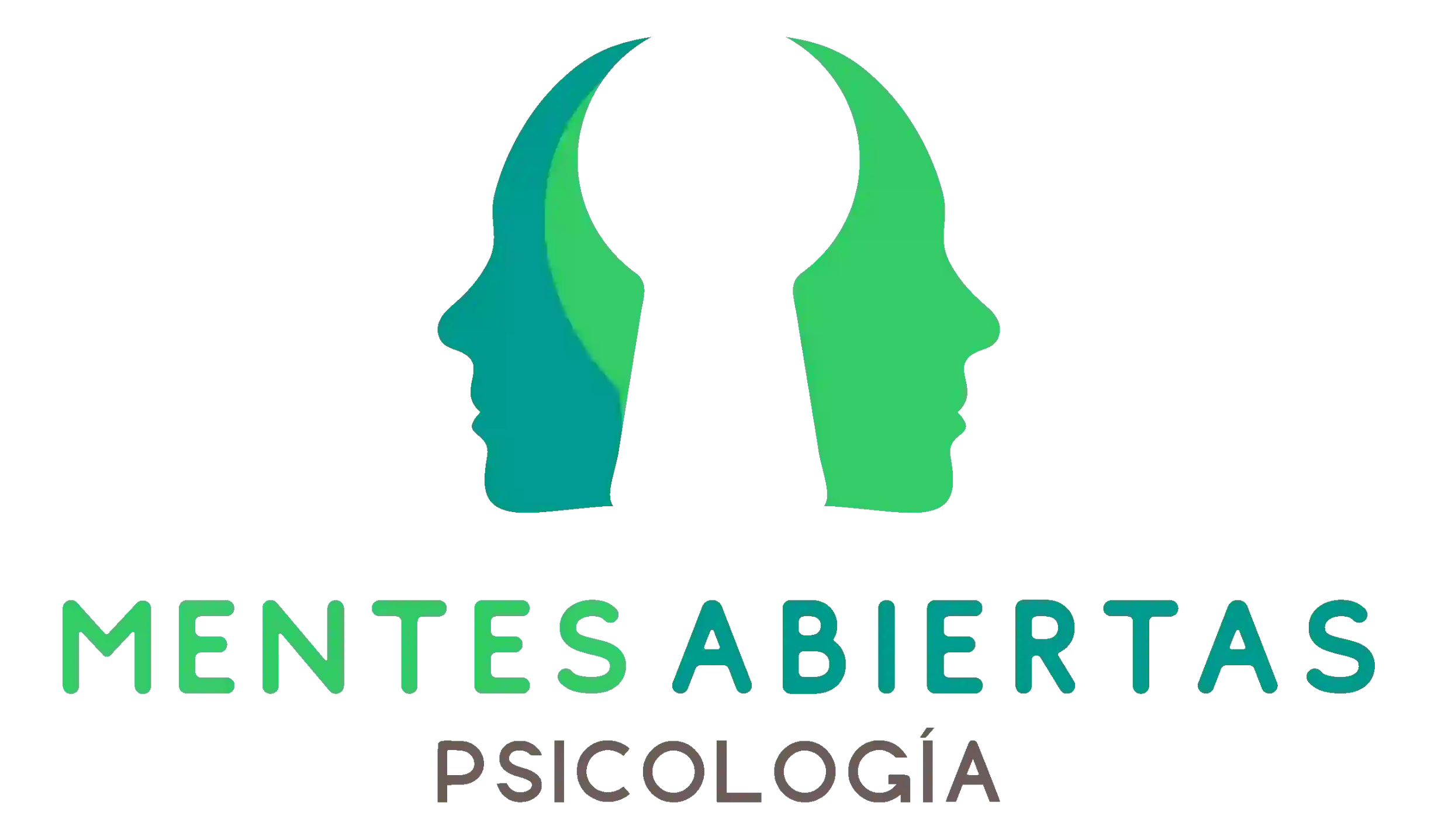Ohtahara Syndrome is a severe and rare form of childhood epilepsy that can occur in the first months of a baby's life. Also known as neonatal epilepsy with focal tonic seizures, this syndrome is characterized by severe seizures and a poor prognosis. In this article, we will explore the causes, symptoms, and treatment options available for this rare condition.
Causes of Ohtahara Syndrome
Although The exact causes of Ohtahara Syndrome are not completely clear, it is believed that the condition may be related to abnormalities in brain development during pregnancy. Some studies suggest that genetic mutations may play an important role in the development of this syndrome. Mutations have been identified in several genes that are associated with epilepsy, including the ARX gene, the CDKL5 gene, and the STXBP1 gene.
Risk Factors
Some risk factors may increase the chance of a baby developing Ohtahara Syndrome. These include:
- Brain injuries during childbirth
- Family history of epilepsy or neurological disorders
- Genetic abnormalities
- Intrauterine infections
Symptoms of Ohtahara Syndrome
The symptoms of Ohtahara Syndrome usually appear in the first days or months of a baby's life. The clinical features of this syndrome include:
- Tonic seizures (rigid muscle contractions)
- Spasmodic seizures (sudden, sudden movements)
- Irritability and crying constant
- Delay in psychomotor development
- Hypotonia (decreased muscle tone)
It is important to note that seizures in Ohtahara Syndrome are usually difficult to control with conventional antiepileptic medications, which can complicate the management of the condition and worsen the long-term prognosis.
Diagnosis of Ohtahara Syndrome
The diagnosis of Ohtahara Syndrome It is based on the clinical evaluation of the patient's symptoms, as well as complementary diagnostic tests. These tests may include:
- Electroencephalogram (EEG) to look at the electrical activity of the brain
- MRI of the brain to look for possible structural abnormalities
- Genetic testing to identify specific genetic mutations associated with epilepsy
Differentiation from Other Forms of Childhood Epilepsy
It is crucial to differentiate Ohtahara Syndrome from other forms of childhood epilepsy, such as West Syndrome and Dravet Syndrome, since the therapeutic approach may vary depending on the patient's specific condition. An accurate diagnosis is essential to establish an effective and personalized treatment plan for each case.
Treatment of Ohtahara Syndrome
The treatment of Ohtahara Syndrome is complex and challenging due to the resistant nature of the seizures associated with this condition. Therapeutic options may include:
- Rapid-acting antiepileptic medications to control seizures
- Ketogenic diet, which may help reduce seizure frequency in some patients
- Implantation of brain stimulation devices such as vagus nerve stimulation or deep brain stimulation
- Complementary therapies such as physical therapy and occupational therapy to improve the patient's quality of life
Research and Development of Innovative Treatments
As progress is made in understanding Ohtahara Syndrome and other forms of epilepsy, new therapies and treatment approaches are being developed to address this condition. debilitating condition. Current research focuses on the identification of specific therapeutic targets and the development of personalized treatments based on the genetic profile of each patient.
In conclusion, Ohtahara Syndrome is a serious neurological disease that affects the babies in the early stages of their lives. With proper diagnosis and early treatment, it is possible to improve the quality of life of patients and offer a better long-term prognosis. Continued research in this field is crucial to improve understanding of this rare disease and develop more effective and safer therapeutic strategies for those who suffer from it.





